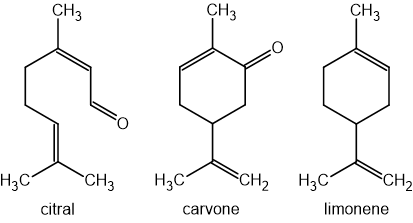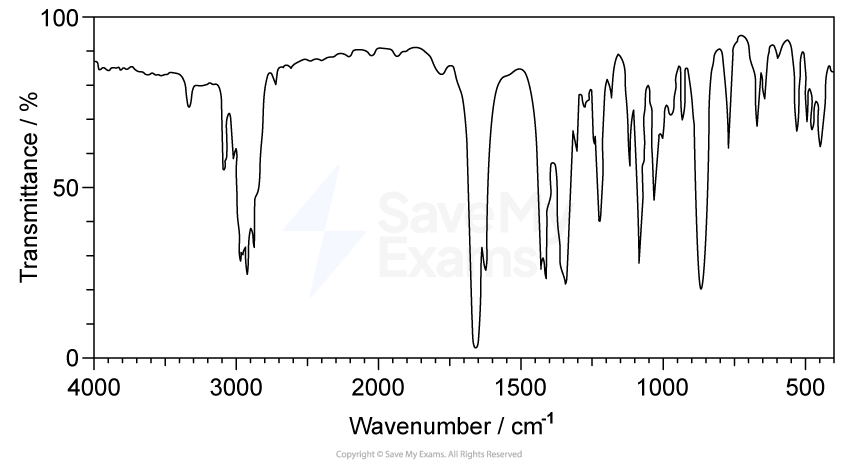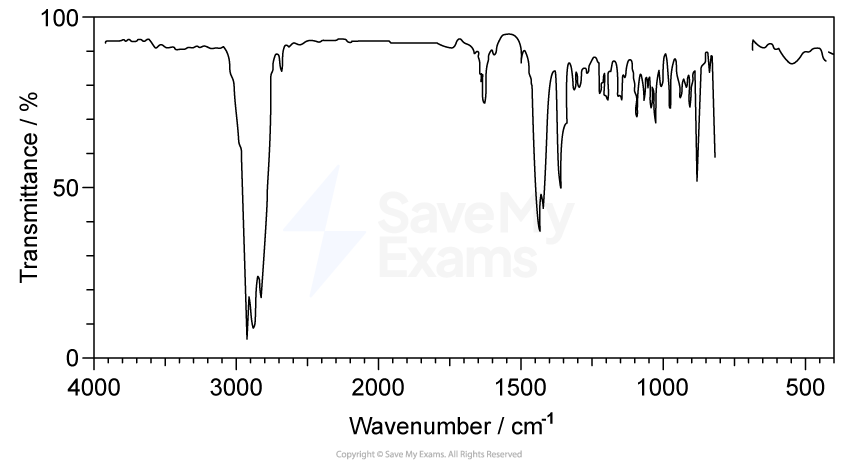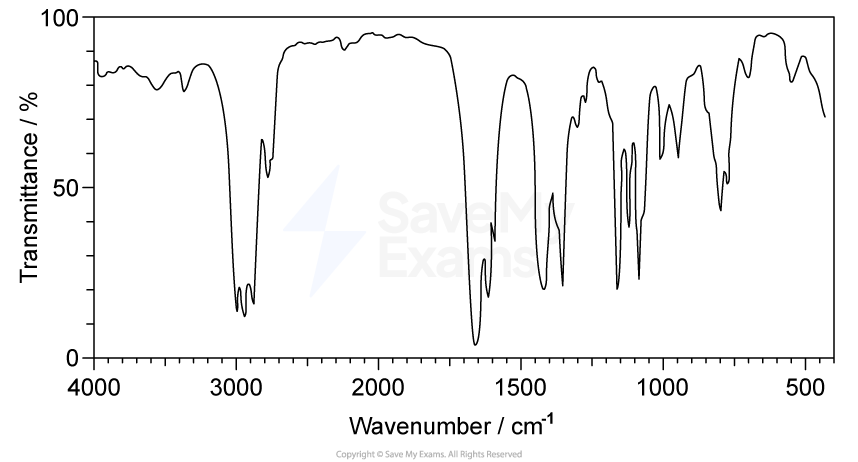Solid anhydrous barium chloride (BaCl2) is a salt used in various industrial processes.
Barium is more reactive with water than magnesium.
Explain this trend in reactivity down Group 2.
Explain why barium chloride has a lower melting point than magnesium chloride.
In the molten state, barium chloride can be electrolysed to produce barium metal and chlorine gas.
Write the half-equation for the formation of chlorine gas from chloride ions.
State the change in oxidation state of chlorine in the process in part (c) and explain why this is an oxidation reaction.
A student dissolves 6.11 g of hydrated barium chloride (BaCl2·xH2O) in water to make a 250.0 cm3 solution.
25.0 cm3 of this solution is then reacted with an excess of aqueous silver nitrate.
After filtration and drying, 0.717 g of silver chloride precipitate is collected.
BaCl2 (aq) + 2AgNO3 (aq) → 2AgCl (s) + Ba(NO3)2 (aq)
Determine the value of x in the formula BaCl2·xH2O.
(Mr of AgCl = 143.4)
Show your working.
Did this page help you?







